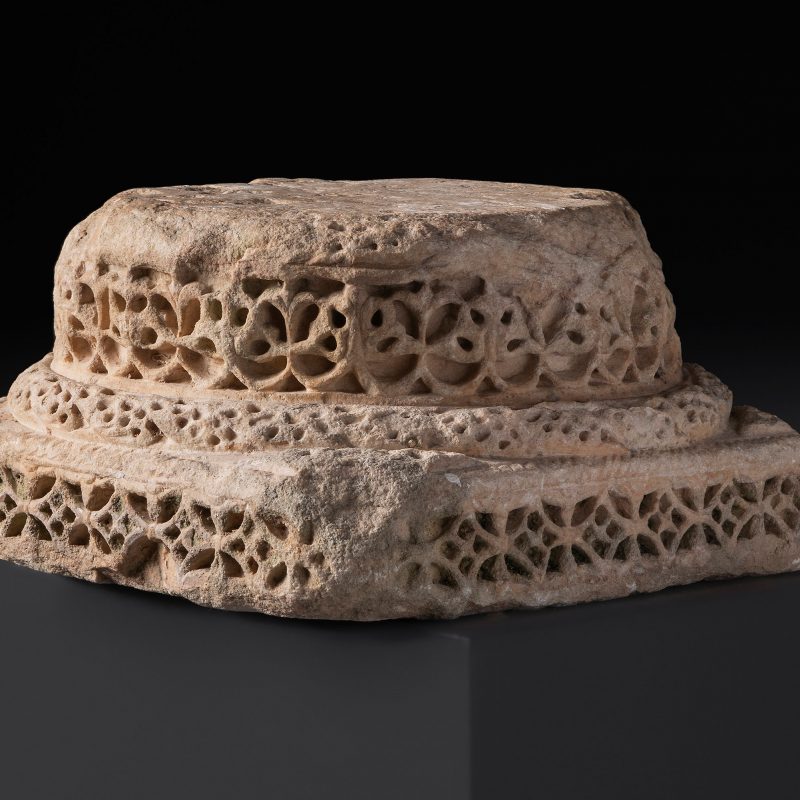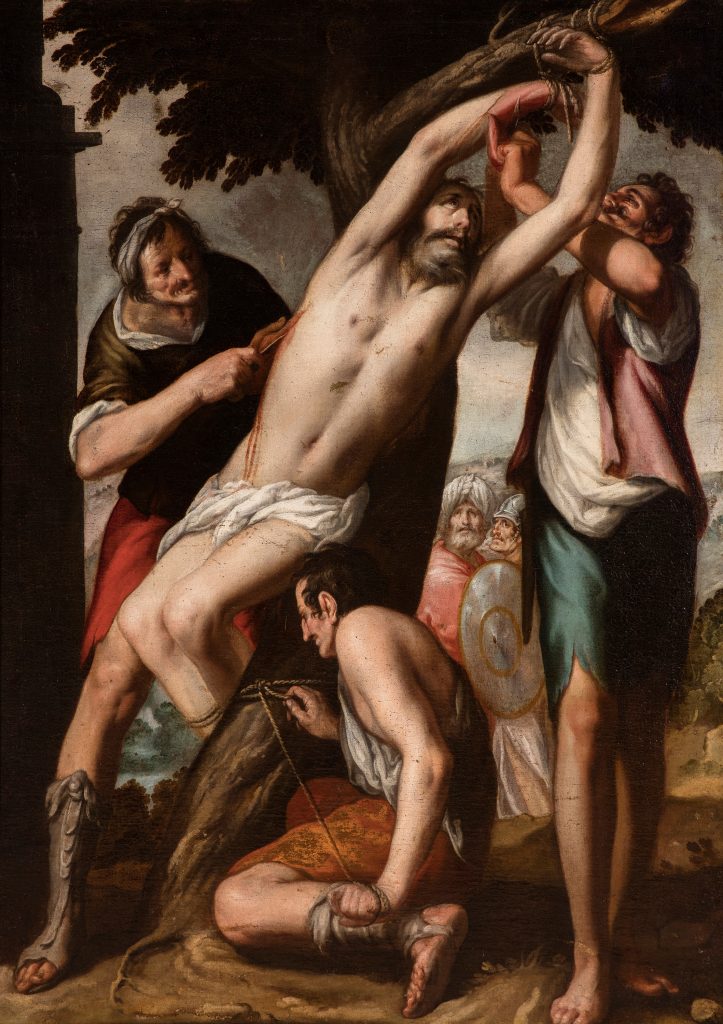“Pearl of the Guadalquivir,
Roman and Moorish Cordoba,
pride has to feel
of Andalusia, lady.
And the sons of Muhammad
they reached the west,
they made you equal to Rome,
in almighty power.
Rooted the crescent
in your fruitful heart
and your land was the cradle
of art and deep knowledge ”.
Luis of Cordoba
Of all the Andalusian cities, Córdoba has a specific type of expression through flamenco, which is the Cordovan soleá , and this “palo” is probably the most solemn, poetic and direct expression ever found in this genre. The depth of this cante, like the one we have just read, is a reflection of the identity of this city, since it is capable of looking back at that glorious past, full of pride, giving it the recognition and value it deserves. The auction presented by Setdart in homage to the city of Córdoba follows in the wake of the soleá. The specific objective of this proposal is not only to make known the art of an ancient city, either in the period caliph or in the Baroque , if not really explain how tradition and communion between cultures are a living part of the city with one of the most important artistic heritages in the world. We will analyze from a close point of view, from faith to daily life, using works of art as the common thread and argument of the identity of the city.
Only two cities in the world can boast the privilege of saying that they have four world heritage sites. The very concept of heritage of humanity is very close to the essence of Córdoba, since it affirms that this cultural value does not belong only to the inhabitants of that city or that country, but that it belongs to everyone. A heritage of which we can all be proud; Roman, Arab, Jewish, Gypsy, Baroque and modern Córdoba, today they are all one. History and tradition live and coexist between the walls of the houses, inside the churches, in their streets, patios and squares. A life and an art open to all.







